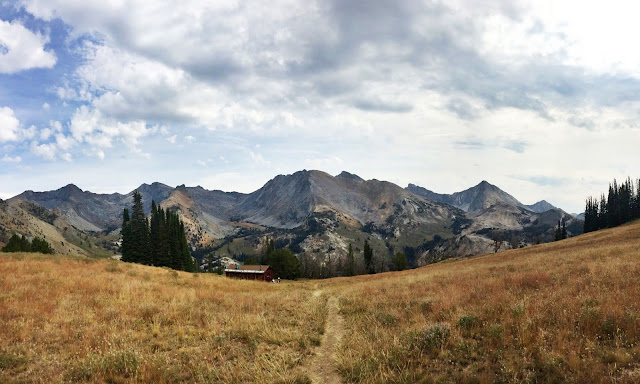 |
| Ski camp with F.A.S.T. Performance Training circa 2012 |
What did we learn? How to train a lot and love it.
In the elite, collegiate, and professional world, ski camps are part of the deal. The routines are similar to the camps of the old days, but on a whole new level. Camps now mean flying or driving across the country (or the globe) to spend somewhere around two weeks doing nothing but eating, sleeping, and training. (Oh, and texting/calling the loved ones at home.) They mean leaving the comfort of home to live on top of each other in houses or hotels, sneaking in laundry when possible, and spending hours of recovery trying to make up for the hours of training.
So why do we do it?
Lots of reasons.
1. To get on snow.
Some camps give us the opportunity to train on snow in the middle of the summer, a crazy unique but incredibly helpful experience, because they kickstart our bodies into understanding and correcting the differences between snow skiing and roller skiing. Plus who doesn't love skiing in shorts?
Examples: The Eagle Glacier (AK), The Haig Glacier (Canada), The Dachstein (Austria) and the New Zealand Snow Farms.
 |
| The Haig Glacier in July |
2. To lower (or raise) our altitude.
A lot of research has been done on the differences in training and living at altitude or at sea level. When we train/live high, our bodies are used to recovering on less oxygen, so when we head low, we deal with muscle cramps from the sudden flow of oxygen. On the other hand, when we train/live low, it's harder to breathe when we head high. Because U.S. Nationals and a significant portion of the SuperTour circuit is at sea level this upcoming season, it benefits us to get our bodies accustomed to skiing hard at ski level. Example: The U.S. Ski Team Camp at Lake Placid, NY (sea level) and the U.S. Ski Team Camp at Park City, UT (higher altitude)
3. To ski around others.
Skiers learn a lot from each other. We watch each other, we help each other out on technique, and we challenge each other in each workout. When you train with the same people every day, it's refreshing to thrown some new training partners into the mix and shake things up a bit. Different eyes see different issues, and the coaches from other teams have become really good at helping everyone.
 |
| Skiing in trains helps mimic racing - when the pace changes you learn how to hold on! |
4. To get out of your comfort zone.
It's incredibly easy to tell yourself that you can get the same training if you stay at home and just do the same workouts. But that isn't the point. The point is to pull yourself out of your usual training environment, because you won't always be racing at home.
See here's the thing: what happens at ski camp doesn't stay at ski camp. What happens at ski camp prepares you for the big days, the tough races, the down-to-the-wire race finishes. When you're in the middle of a blasting-fast interval that makes you feel like you can barely hold on and you look over and see somebody who will be your competitor come November through March, your brain and body learn that skiing with them is do-able. You have to get out of your comfort zone to expand it, and training with people faster and better than you is a great way to do it. Then when you catch yourself skiing with them in a race, you won't think to yourself, "Oh sh**, what am I doing?", you'll think, "Yes, this is normal. It might not be easy, but it's normal."
If you challenge yourself you raise the bar on your "normal". And that's how you get better.























































